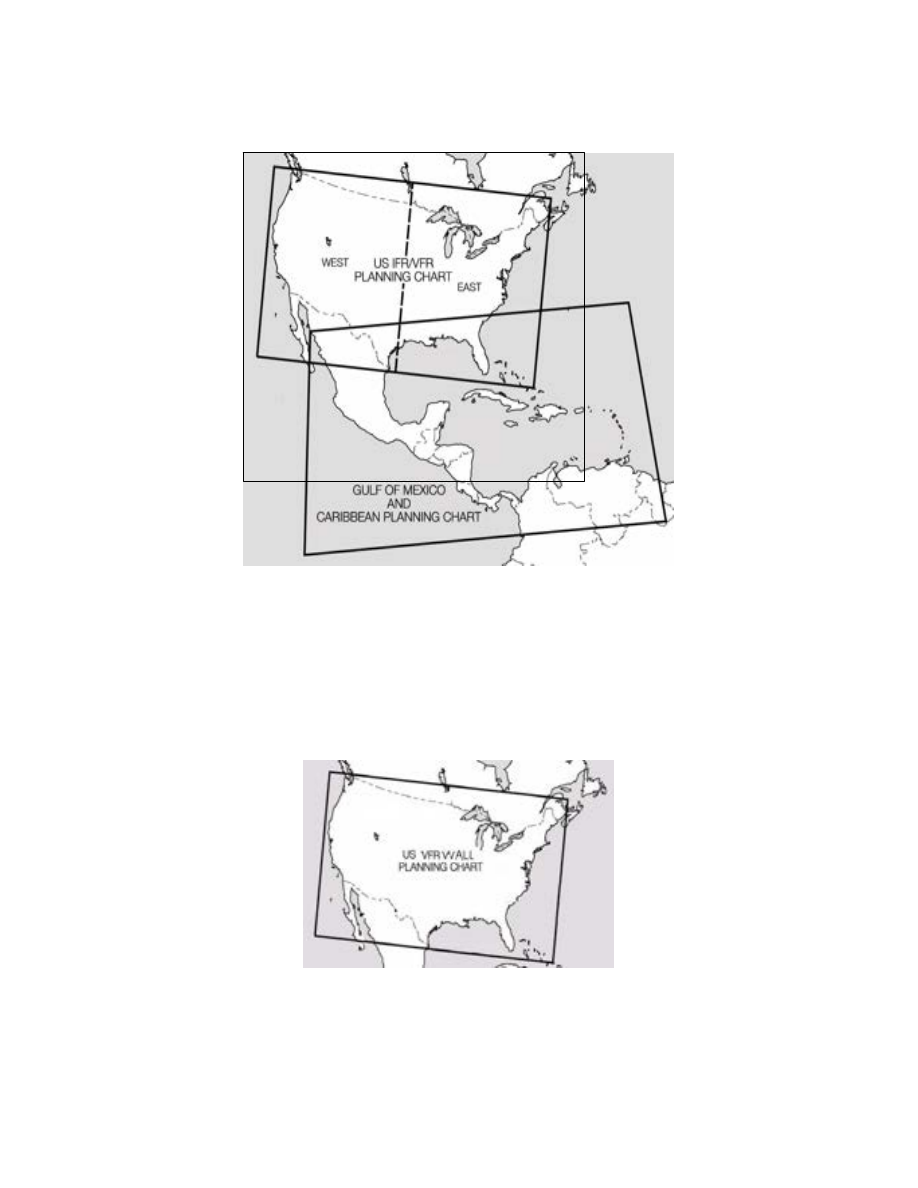
AIM
3/21/24
e.
It is important to remember that precipitation static problems can only be corrected with the proper number
of quality static dischargers, properly installed on a properly bonded aircraft. P
−
static is indeed a problem in the
all weather operation of the aircraft, but there are effective ways to combat it. All possible methods of reducing
the effects of P
−
static should be considered so as to provide the best possible performance in the flight
environment.
f.
A wide variety of discharger designs is available on the commercial market. The inclusion of well
−
designed
dischargers may be expected to improve airframe noise in P
−
static conditions by as much as 50 dB. Essentially,
the discharger provides a path by which accumulated charge may leave the airframe quietly. This is generally
accomplished by providing a group of tiny corona points to permit onset of corona
−
current flow at a low aircraft
potential. Additionally, aerodynamic design of dischargers to permit corona to occur at the lowest possible
atmospheric pressure also lowers the corona threshold. In addition to permitting a low
−
potential discharge, the
discharger will minimize the radiation of radio frequency (RF) energy which accompanies the corona discharge,
in order to minimize effects of RF components at communications and navigation frequencies on avionics
performance. These effects are reduced through resistive attachment of the corona point(s) to the airframe,
preserving direct current connection but attenuating the higher
−
frequency components of the discharge.
g.
Each manufacturer of static dischargers offers information concerning appropriate discharger location on
specific airframes. Such locations emphasize the trailing outboard surfaces of wings and horizontal tail surfaces,
plus the tip of the vertical stabilizer, where charge tends to accumulate on the airframe. Sufficient dischargers
must be provided to allow for current
−
carrying capacity which will maintain airframe potential below the corona
threshold of the trailing edges.
h.
In order to achieve full performance of avionic equipment, the static discharge system will require periodic
maintenance. A pilot knowledgeable of P
−
static causes and effects is an important element in assuring optimum
performance by early recognition of these types of problems.
7
−
6
−
13. Light Amplification by Stimulated Emission of Radiation (Laser) Operations and
Reporting Illumination of Aircraft
a.
Lasers have many applications. Of concern to users of the National Airspace System are those laser events
that may affect pilots, e.g., outdoor laser light shows or demonstrations for entertainment and advertisements at
special events and theme parks. Generally, the beams from these events appear as bright blue
−
green in color;
however, they may be red, yellow, or white. However, some laser systems produce light which is invisible to the
human eye.
b.
FAA regulations prohibit the disruption of aviation activity by any person on the ground or in the air. The
FAA and the Food and Drug Administration (the Federal agency that has the responsibility to enforce compliance
with Federal requirements for laser systems and laser light show products) are working together to ensure that
operators of these devices do not pose a hazard to aircraft operators.
c.
Pilots should be aware that illumination from these laser operations are able to create temporary vision
impairment miles from the actual location. In addition, these operations can produce permanent eye damage.
Pilots should make themselves aware of where these activities are being conducted and avoid these areas if
possible.
d.
Recent and increasing incidents of unauthorized illumination of aircraft by lasers, as well as the
proliferation and increasing sophistication of laser devices available to the general public, dictates that the FAA,
in coordination with other government agencies, take action to safeguard flights from these unauthorized
illuminations.
e.
Pilots should report laser illumination activity to the controlling Air Traffic Control facilities, Federal
Contract Towers or Flight Service Stations as soon as possible after the event. The following information should
be included:
1.
UTC Date and Time of Event.
7
−
6
−
12
Potential Flight Hazards